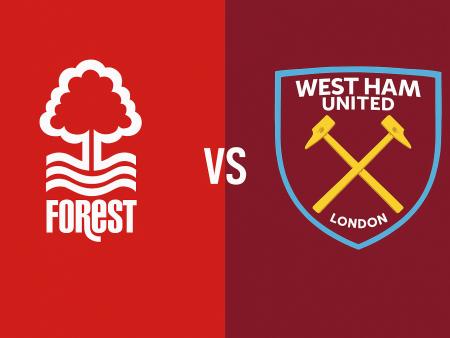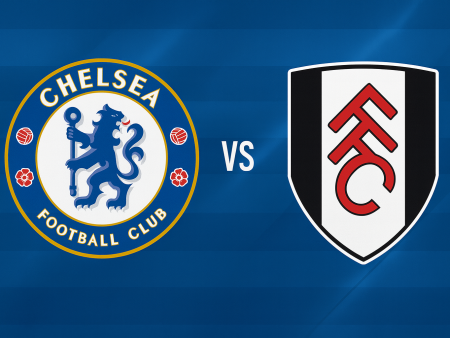Inside Cruz Azul’s Tactical Identity Under Juan Reynoso in 2022
Since the beginning of 2022, Cruz Azul has drawn attention across North America for their vibrant, high-tempo football. Under Juan Reynoso, the Mexican giants have showcased a blend of positional rotation, disciplined structure, and relentless energy. This detailed breakdown explores the tactical strategies, player roles, and unique elements that made Cruz Azul one of the most compelling teams to watch during this period.
Formation and Core Lineup: The 4-2-3-1 System
At the heart of Cruz Azul’s setup lies a well-defined 4-2-3-1 formation. While the team often morphs into 4-4-1-1 or 4-3-3 shapes depending on match phases, Reynoso’s commitment to the 4-2-3-1 template has provided consistency and clarity throughout the season.
In goal, veteran Jesús Manuel Corona has been ever-present, starting all eight league fixtures. Known for his agility and proficiency with the ball at his feet, Corona is pivotal in orchestrating both short passes and long distributions during build-up play.
The defensive line features a balance of experience and tactical versatility:
- On the right, Juan Escobar offers attacking thrust, overlapping regularly and winning individual defensive duels, although he can sometimes be exposed during quick transitions.
- The center-back partnership includes Julio Domínguez-renowned for his composure and passing range-and Pablo Aguilar, the team’s aerial anchor and primary set-piece target.
- Adrian Aldrete, a former central defender deployed as left-back, provides defensive balance and seizes opportunities to supplement attacks when the moment is right.
In midfield, Reynoso relies on the dynamism of Rafael Baca-a box-to-box presence adept at long-range shooting-and Erik Lira, a composed holding midfielder who often drops between the center-backs to initiate attacks and break opposition lines through his dribbling.
The creative heartbeat is Carlos Rodríguez, who operates as a classic number 10. Rodríguez, Cruz Azul’s leading goal contributor (3 goals, 2 assists), is also charged with set-piece duties and frequently drops into deeper roles to influence possession and transitions.
On the flanks, the versatility is striking:
- Ignacio Rivero has seamlessly adapted from fullback to winger, evolving into a persistent goal threat, and even deputizing in central midfield when required.
- Uriel Antuna injects pace and trickery, consistently winning free-kicks and offering a valuable outlet for direct passes.
The striker position has seen a rotation between Santiago Giménez and Bryan Angulo. Giménez excels at holding up play and facilitating combinations. Angulo, while not the most industrious presser, complements Rodríguez by creating space centrally. Wide attackers like Ángel Romero and Luis Mendoza often enter as attacking substitutes, bringing creativity and a knack for positional interchange-sometimes even filling in as central strikers during tactical shifts.
A key strength of Reynoso’s squad is its depth: nearly every position has strong alternatives, offering the manager flexibility as the campaign intensifies.
Structured and Fluid Build-Up Play
Cruz Azul’s approach to build-up is marked by a sophisticated combination of short passing sequences and audacious long balls-both hallmarks of modern Mexican football. Goalkeeper Corona is comfortable distributing long toward the flanks or playing short passes to his center-backs, forming a diamond with Erik Lira dropping deep to recycle possession.
Key build-up patterns include:
- Fullbacks starting low during short goal kicks, then pushing high once possession is secured.
- Center-backs spreading wide to stretch the opponent’s press, with Lira joining the backline as needed to escape pressure or reset attacks.
- Patience in reset: even after regaining the ball, Cruz Azul occasionally plays backward to the keeper, regrouping before progressing upfield in their signature diamond.
Positional flexibility underpins these patterns. If opponents seek to stifle Lira’s influence, Rodríguez, with his background as a holding midfielder, drops deep to offer an alternative outlet-sometimes temporarily altering the shape to a 2-4-4 or 2-5-3.
Cruz Azul consistently attempts more long passes than their rivals. Aguilar, especially, seeks to hit raking diagonals from central defense to the flanks. Domínguez prefers lofted balls over opposing defenders for attackers to chase. Rivero, now playing further forward, has expanded this long-range distribution in advanced areas.
Opponents face a dilemma: sit back, and Cruz Azul’s short combinations can dismantle deep blocks; press high, and the Mexican side exploits the vacated spaces behind with balls over the top. This unpredictability in build-up creates frequent opportunities to bypass midfield congestion and mount direct threats on goal.
Dynamic Attacking Patterns and Positional Interchange
Cruz Azul’s attacking philosophy extends their build-up excellence into the final third. Charly Rodríguez often acts as the connector, linking defense and attack while orchestrating fluid shape-shifting-at times resembling a 4-3-3-as fullbacks surge forward.
Offensive strategies include:
- Overloading wide areas to isolate defenders, with fullbacks overlapping and wingers drifting inside or operating centrally.
- Underlapping runs from fullbacks, especially on the right flank, creating 2v1 scenarios against opposing markers.
- Frequent diagonal switches and searching passes over defensive lines to exploit any lapse in organization.
Notably, the team’s wide players, such as Luis Mendoza and Ángel Romero, do not confine themselves to the flanks. Instead, they are encouraged to roam inside-sometimes appearing on the same side of the pitch-to disorient defenders and instigate overloads. This movement disrupts traditional man-to-man marking schemes and opens lanes for central runners.
In and around the penalty area, late-arriving fullbacks like Escobar play a pivotal role, attacking the box as attackers occupy defenders. Against deep-lying opponents, while chance creation can be more challenging, Cruz Azul employs variety:
- Midfielders like Baca threaten from distance.
- Set-pieces are a reliable weapon, with Rodríguez and Otero delivering quality and Aguilar a constant aerial danger.
- Intense counter-pressing, spearheaded by Antuna and Rodríguez, enables rapid regaining of possession in advanced areas.
The team’s 18 goals in 10 fixtures across league and continental competition reflect this multi-faceted attacking arsenal.
Defensive Organization: Compactness and Pressing Philosophy
Defensively, Cruz Azul boasts one of the league’s stingiest records, conceding just 10 goals in as many games to start 2022. The key is a blend of effective midfield shielding and a situational pressing strategy.
When defending high up, Cruz Azul typically sets in a 4-4-2 or 4-2-3-1 shape, with wingers pressing opposing fullbacks and Rodríguez joining the lead striker to trigger coordinated press sequences. This approach makes the team difficult to progress against from the back, but leaves the defensive line sitting deeper than the pressing forwards-reducing risk of being caught by direct balls.
Defensive compactness increases as play shifts closer to their own goal. Aguilar and Domínguez's aerial superiority makes direct plays from the opposition less threatening. However, Cruz Azul can be vulnerable to quick, over-the-top transitions on their right side, where Escobar’s adventurous attacking leaves space to exploit, as demonstrated by Tigres’ successful left-wing attacks earlier in the campaign.
The central midfielders, Baca and Lira, are vital in knitting defense and attack while helping cover for exposed fullbacks on transitions. When allowed to set up, Cruz Azul’s backline positions expertly to clear danger, with Aguilar leading the league in clearances.
Yet, spacing wide remains a concern if wingers fail to track back promptly. Speed on the counter and well-timed runs into wide areas are common methods opponents use to challenge Cruz Azul’s structure. Despite these occasional lapses, sustained collective organization makes them a tough side to break down.
Conclusion: What Sets Cruz Azul Apart Under Reynoso
Cruz Azul, under Juan Reynoso’s guidance in 2022, delivers some of Liga MX’s most entertaining and sophisticated football. Their tactical versatility allows them to transition seamlessly from structured build-up to attacking improvisation, while a deep pool of talent ensures competitiveness throughout the season.
The challenge moving forward will be maintaining consistency amid squad rotation and evolving game plans as the season progresses. With their mix of experience, depth, and tactical innovation, Cruz Azul remain strong contenders for major honors both domestically and in CONCACAF competition-offering a template of modern football at its vibrant best.













